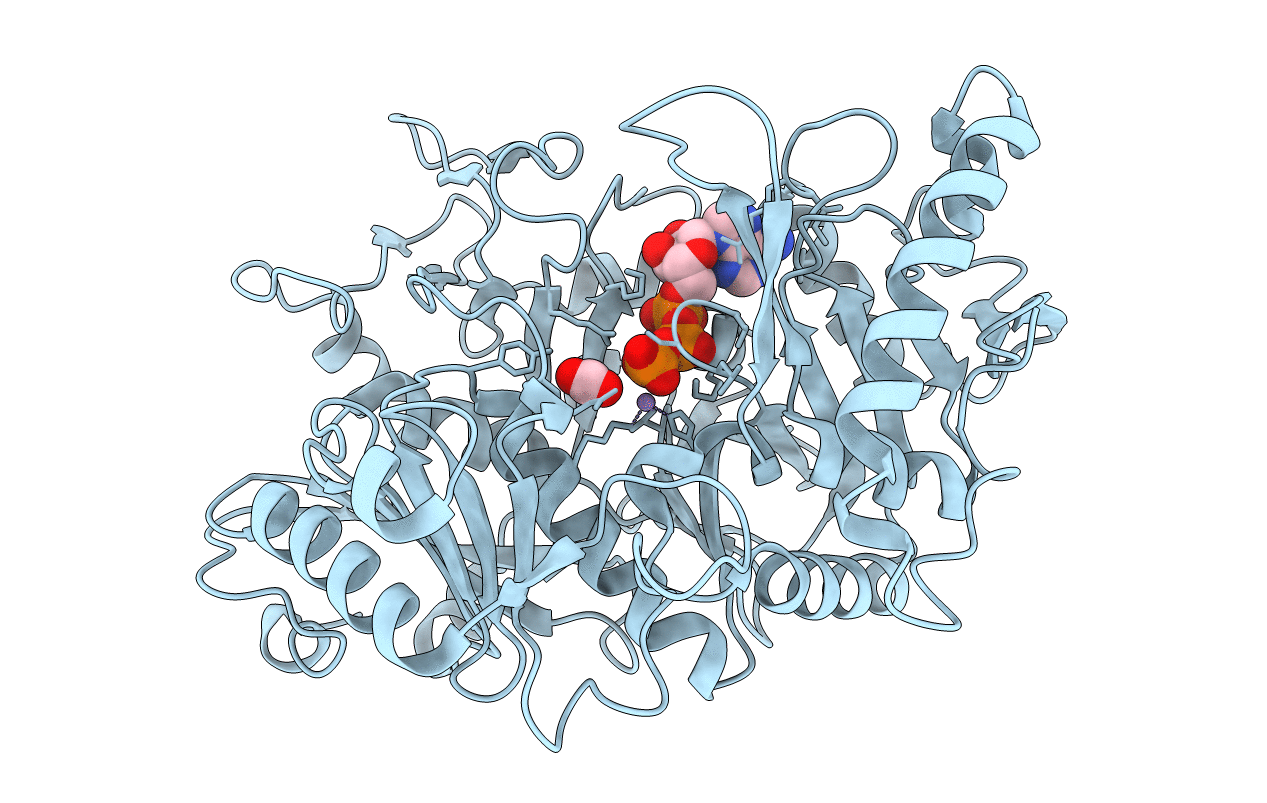
Deposition Date
2007-01-19
Release Date
2007-06-12
Last Version Date
2023-08-30
Method Details:
Experimental Method:
Resolution:
1.94 Å
R-Value Free:
0.23
R-Value Work:
0.20
R-Value Observed:
0.20
Space Group:
C 1 2 1


